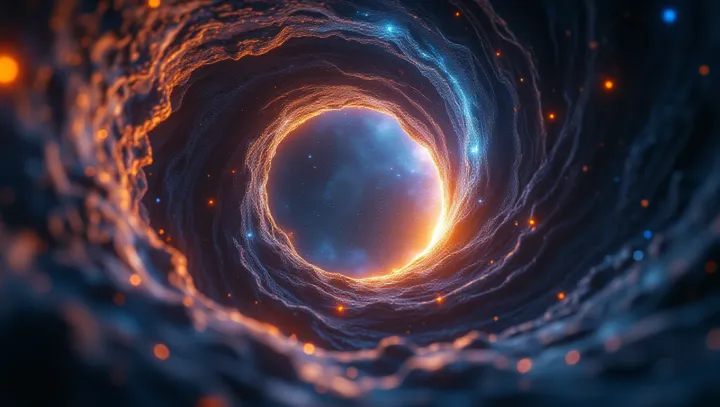Unveiling the Mysteries of Wormholes

In the relentless pursuit of cosmic understanding, wormholes stand as tantalizing enigmas in the space-time continuum. Researchers in locations such as Pasadena's Caltech Institute have been at the forefront, pondering the theoretical existence and the intricacies of these elusive structures. Adhering to the principles of Einstein's general theory of relativity, wormholes present themselves as hypothetical passages that could, in theory, connect distant points across the universe.
These cosmic shortcuts, if proven true, might allow for unprecedented exploration and travel beyond the conventional limitations of our current technologies. The idea of wormholes arises from solutions to the equations of general relativity, specifically the Schwarzschild solution, which describes the gravitational field outside a spherical mass. However, their formation remains speculative, with questions about stability and traversability prevailing in scientific discourse.
Notable physicists argue that while wormholes excite the imagination, rigorous empirical evidence is crucial for their categorization beyond theoretical musings. Their potential discovery would not only revolutionize our understanding of the universe but could also unveil new horizons for technological development.
